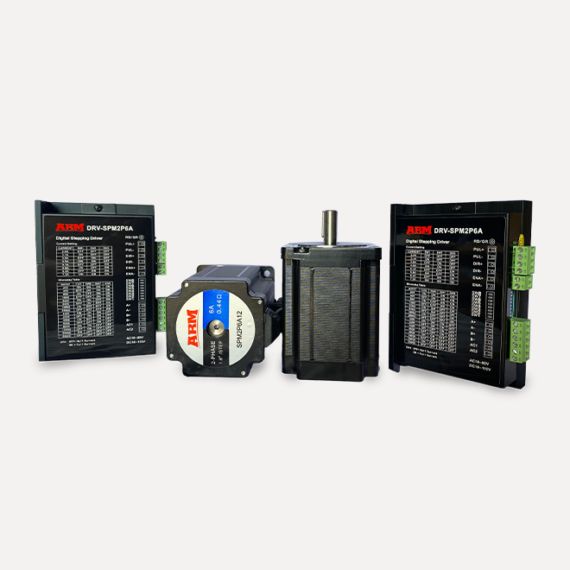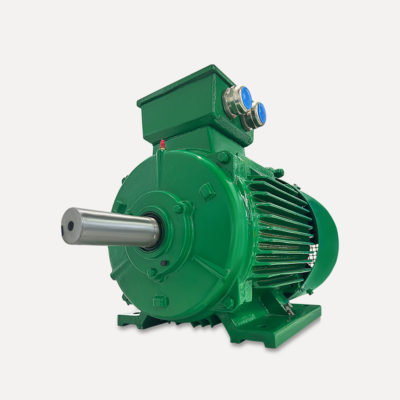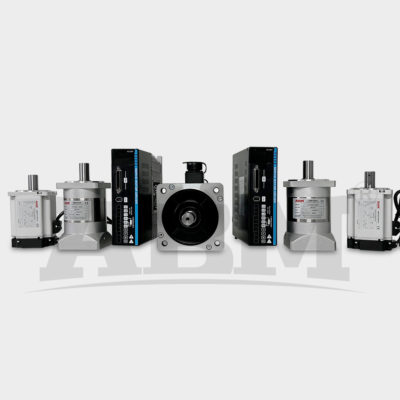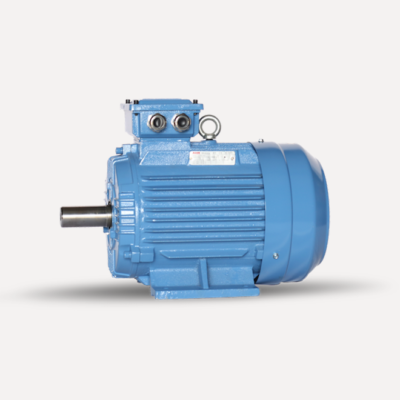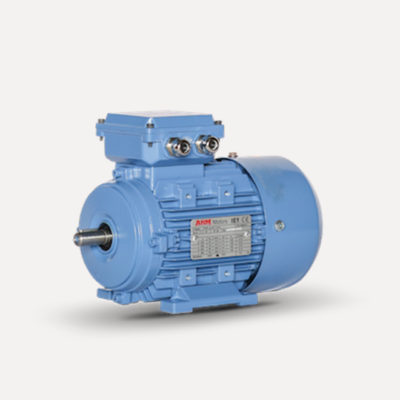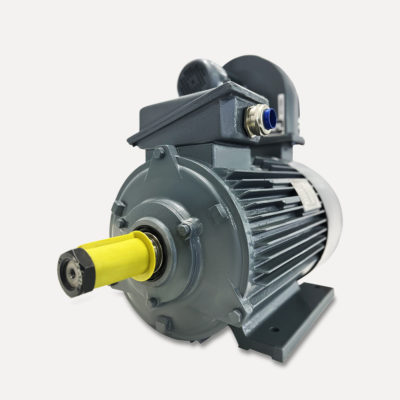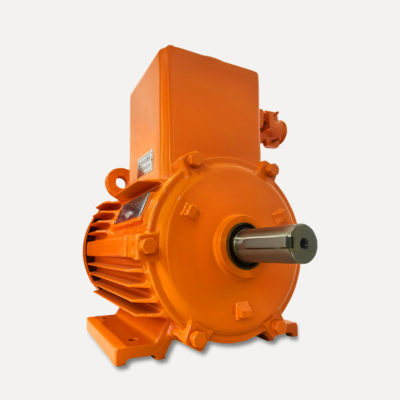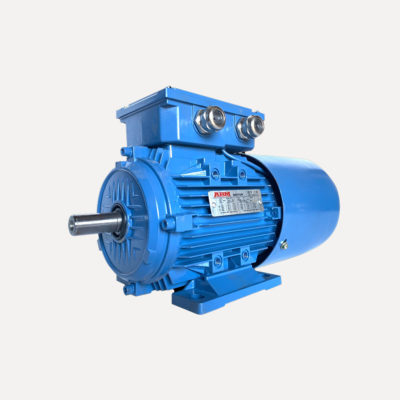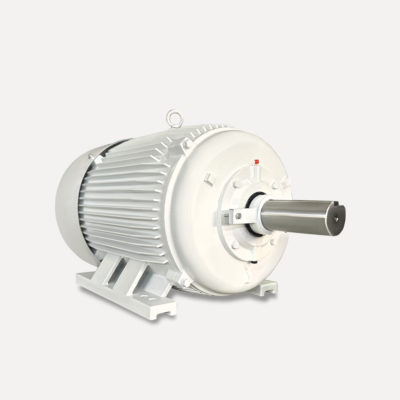Stepper Motors
A stepper motor is a brushless, synchronous electric motor that converts digital pulses into mechanical shaft rotation.Its normal shaft motion consists of discrete angular movements of essentially uniform magnitude when driven from sequentially switched DC power supply.
The stepper motor is a digital input-output device. It is particularly well suited to the type of application where control signals appear as digital pulses rather than analog voltages. One digital pulse to a stepper motor drive or translator causes the motor to increment one precise angle of motion. As the digital pulses increase in frequency, the step movement changes into continuous rotation.
Some industrial and scientific applications of stepper motors include robotics, machine tools, pick and place machines, automated wire cutting and wire bonding machines, and even precise fluid control devices.
General Technical Data
-
Standard
SPM2P6A12
-
Voltage
3.02V
Description
How does a stepper motor work?
Every revolution of the stepper motor is divided into a discrete number of steps, in many cases 200 steps, and the motor must be sent a separate pulse for each step. The stepper motor can only take one step at a time and each step is the same size.
Since each pulse causes the motor to rotate a precise angle, typically 1.8°, the motor’s position can be controlled without any feedback mechanism. As the digital pulses increase in frequency, the step movement changes into continuous rotation, with the speed of rotation directly proportional to the frequency of the pulses.
Stepper motors are used every day in both industrial and commercial applications because of their low cost, high reliability, high torque at low speeds and a simple, rugged construction that operates in almost any environment.
- The rotation angle of the motor is proportional to the input pulse.
- The motor has full torque at standstill (if the windings are energized).
- Precise positioning and repeatability of movement since good stepper motors have an accuracy of 3 to 5% of a step and this error is non-cumulative from one step to the next.
- Excellent response to starting/stopping/reversing.
- Very reliable since there are no contact brushes in the motor. Therefore the life of the stepper motor is simply dependent on the life of the bearing.
- The stepper motors response to digital input pulses provides open-loop control, making the motor simpler and less costly to control.
- It is possible to achieve very low speed synchronous rotation with a load that is directly coupled to the shaft.
- A wide range of rotational speeds can be realized as the speed is proportional to the frequency of the input pulses.
Choosing a Stepper Motor and the controller
The choice of a stepper motor depends on the application’s torque and speed requirements. Use the motor’s torque-speed curve (found in each drive’s specifications) to select a motor that will do the job.
Every stepper motor controller in the ABM line shows the torque-speed curves for that drive’s recommended motors. If your torque and speed requirements can be met by multiple stepper motors, choose a controller based upon the needs of your motion system- step/direction, stand-alone programmable, analog inputs, microstepping- then choose one of the recommended motors for that controller.
The recommended motor list is based on extensive testing by the manufacturer to ensure optimal performance of the stepper motor and controller combination.

